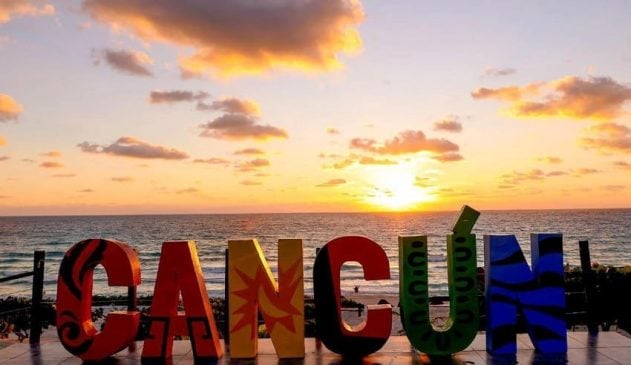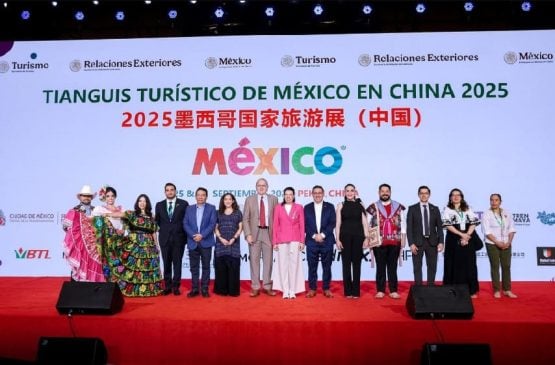Bacalar, Q.R. — The “new” archaeological zone of Ichkabal will officially open its doors to the public on January 3, 2025. It will be the first time since its discovery in 2009 that it will open publicly.
The Ichkabal Archaeological Zone is located 40 kilometers west of the Bacalar lagoon and is more than 2,400 years old. According to the General Director of the National Institute of Anthropology and History (INAH), Diego Prieto Hernández, the site remained undiscovered until the end of the 20th century.
Although the ancient Mayan political center began to be the subject of research by the National Institute of Anthropology and History (INAH) in 2009, it was fully restored through the Program for the Improvement of Archaeological Zones (Promeza), derived from the priority Maya Train project.
Prieto Hernández says that given its size and history, it will become a great cultural attraction in the region, since it connects with the Maya Train Bacalar station.
“It is likely that Ichkabal has accommodated populations from the Mirador basin, given the decline of this city in the north of the Guatemalan Petén,” he said.
The “new” archaeological zone of Quintana Roo, he noted, was the seat of the powerful Kaan’ul dynasty, or the Serpent dynasty, which arose in Dzibanché and moved to Calakmul, extending its influence to the north of the territory now occupied by Guatemala, thus rivaling Tikal.
“Although the rise of Ichkabal occurred between the years 200 and 600 AD, and continued to serve as an important center of power that linked the regions of the Mayan jungle in Chiapas and Campeche with the Guatemalan Petén and the eastern Yucatán Peninsula until the 16th century,” said the head of the INAH.
Thanks to the Promeza, a dozen structures of various heights and volumes have been fully or partially liberated and consolidated from this splendor. Their facades were dismantled by the inhabitants of the place during its period of decline, according to the hypotheses of the archaeological team, led by Luz Evelia Campaña and Javier López Camacho.
As its translation from Mayan indicates, “among lows”, Ichkabal was located on land that tends to flood during rainy periods, so it has a great work of hydraulic engineering, a rectangular reservoir 80 by 60 meters, known as Aguada de los Cocodrilos, made by the ancient Mayans to have water all year round.
According to the photographic survey and aerial images captured with LiDAR technology, which allows the presence of architectural structures to be recorded beneath the forest cover, the pre-Hispanic settlement had an area of more than 60 square kilometers, and was connected to Dzibanché by means of a 40-kilometer road system or sacbe’ob.


